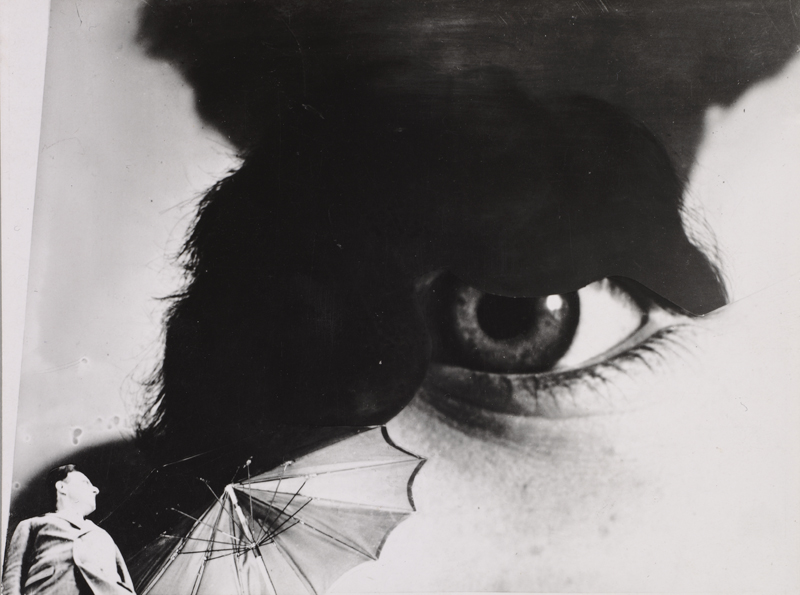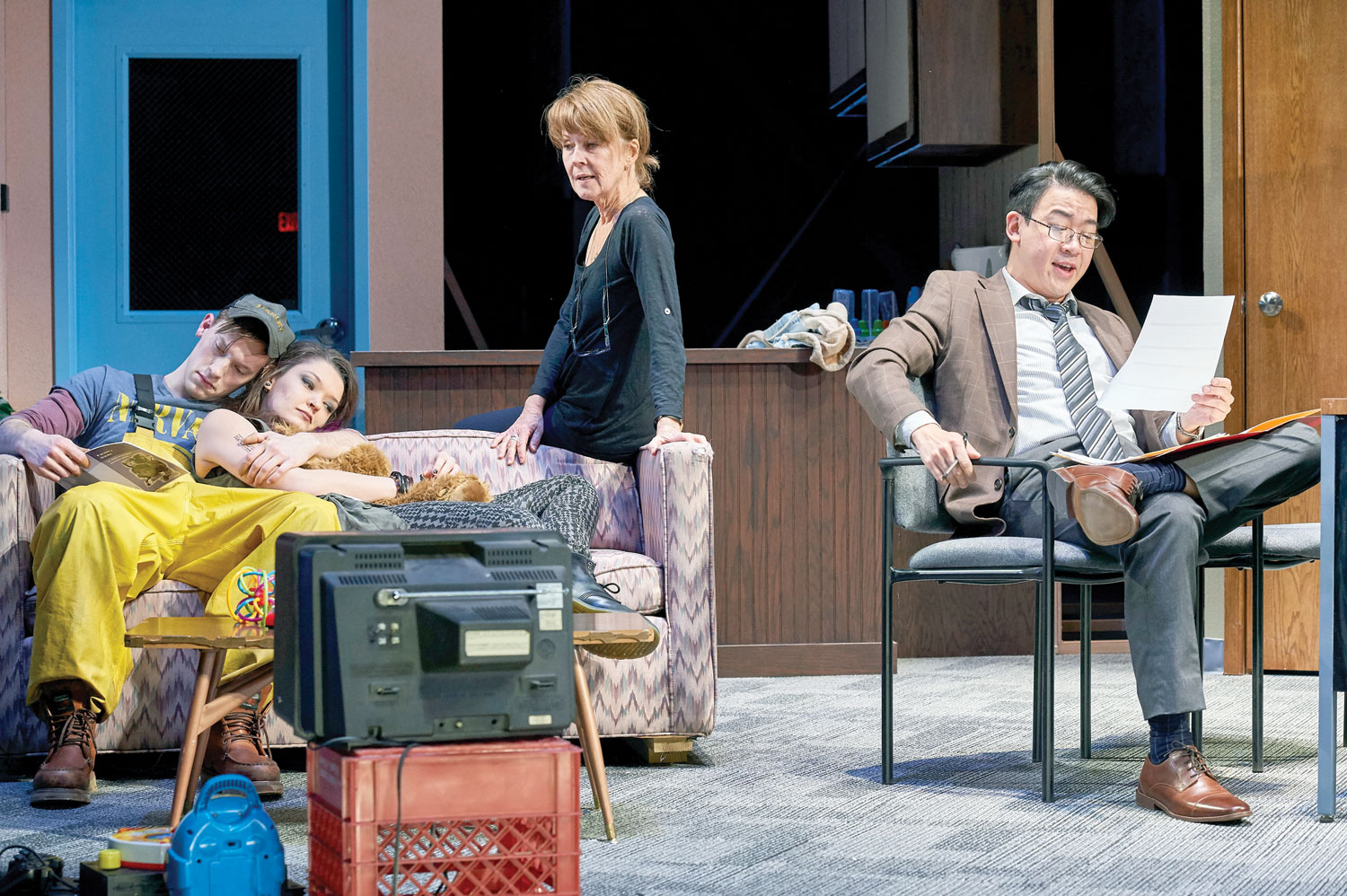
By Kaitlyn Finchler
This summer, the Cleveland Museum of Art will present “Picturing the Border,” a photography exhibit depicting the people and stories along the U.S.-Mexico borderlands from the 1970s to the present.
The project has been on the mind of Nadiah Rivera Fellah, associate curator of contemporary art at the museum, since she wrote her doctoral dissertation around 2014-15 on borderlands photography.
“There’s a lot of communities in Northeast and Northwest Ohio, throughout Ohio, that have lineages of migration from Mexico,” Fellah says. “Not only that, but lineages of migration in general.”
The exhibition runs from July 21, 2024 to Jan. 5, 2025 in the Mark Schwartz and Bettina Katz Photography Galleries at the museum. It also features two videos as to include time-based media.
Showcasing a story which speaks for itself, Fellah says the exhibit addresses not only cross-border migration but stories of migration and migrant communities at large in the United States. It takes viewers beyond headlines and political messaging and into the reality of the borderlands experience for those living it.
“When I started thinking about turning the project into a show, I was very cognizant of the fact that the border has been a fixture in the news cycles for however many years, very much recently, up until today,” she says. “I wanted to make sure I curated an exhibition that took into account things that were happening at the border in the past couple of years that would be in visitors’ recent memory.”

A CURRENT ISSUE
Borderlands experiences are important stories to tell, Fellah says, because they are ongoing – no matter when the historical view in people’s minds started.
The exhibit starts in the 1970s because that’s when photography became more accessible as a medium, she adds. The average person could finally afford their own film and camera, and there was an “explosion” in street and color photography.
“There was not only a prevalence of photography, but people who didn’t necessarily need any specialized equipment, that you could get for a relatively small amount of money,” she says. “You start to see people who are middle class able to buy film cameras and able to start taking pictures.”
The photographs are taken mostly by border residents, encompassing Latinx, Chicano/Chicana and Mexican photographers, as well as people who came to the border from both countries.
“A big impetus of my curating the show (was) because I wanted to help people to come in without necessarily any prior knowledge of what the border is, what had happened on the border or the political history of the border,” Fellah says.
Visitors are likely to go through the exhibition and learn something new, she says, and can hopefully take away something to change their minds about what they thought they knew about the border.
The exhibit, according to CMA’s website, ranges in photographic subject matter that includes intimate domestic portraits, narratives of migration, political demonstrations, and images of border crossings and clashes between migrants and the U.S. border patrol.
HIGHLIGHTS INSIDE
Fellah says a highlight of the exhibit is a large photo mural by architect Teddy Cruz called “Radicalizing the Local: 60 Miles of Trans-Border Urban Conflict.” The museum is printing out the mural, which Cruz collaborated on with artist Fonna Forman.
“We’re printing at the scale of 23-feet-long,” Fellah says. “It’s almost life-size and it’s a picture of the border wall in Tijuana as it’s going into the ocean at the end of the western point of the border.”

The mural is like an anthropological data collection, she says, because it brings the material aspect of the border into the gallery.
Other featured pieces include “Yrenia Cervantes” (1990) by Laura Aguilar, “Teeter-Totter Wall” (2019) by Ronald Rael and Virginia San Fratello with Colectivo Chopeke, and “Cholos, White Fence, East Los Angeles” (1986) by Graciela Iturbide.
Within the large exhibit, Fellah says there are micro-themes incorporated throughout, such as one involving borderlands cities. First- through third-generation Los Angeles families can be seen in the photos, showing the legacy of Mexican culture in the city’s communities.
“Another theme is domestic spaces, or border homes,” Fellah says. “As you go through the show, you start to see some domestic interiors of homes in the borderlands and these really recognizable quotidian moments.”
Within the homes are spaces altered to appear like religious setups with iconography such as “The Last Supper,” creating family photographs from well-known images. Personal stories and photography captured over long periods of time at the border are another component of the exhibition, she says.
“I have a few books in the exhibition that are photo books that center on the border from the 1970s through to the most recent book (which) was published (in) the last year or two,” Fellah says. “Looking at photographers who spent enough time to compile entire publications of photo books, and some of their photographs are also hanging on the wall.”
The exhibit also aims to “spark vital conversations of what constitutes citizenship,” according to its website, as well as address “complex negotiations of personal identity as it relates to the
U.S.-Mexico border.”
And extending its reach beyond the museum walls, the exhibit works to dispel stereotypes surrounding the border and the people there, Fellah says, which often invoke fear in those who watch, listen to or read about the borderlands through major media outlets. The photos allow visitors to see the stories through the photographers’ eyes, speaking to more complex and interesting narratives.
“(The media) depicts the border as a war zone and (saying), ‘The migrants are coming in, they’re taking our jobs, they’re criminals,’” Fellah says. “That’s something that this exhibition pushes against and wants to give back narrative voice to residents who call this home and are not defined by those sensational media stereotypes.”
ON VIEW
“Picturing the Border” will be on view from July 21, 2024 to Jan. 5, 2025 in the Cleveland Museum of Art’s Mark Schwartz and Bettina Katz Photography Galleries, 11150 East Blvd., Cleveland. More information is at clevelandart.org/exhibitions/picturing-border.









